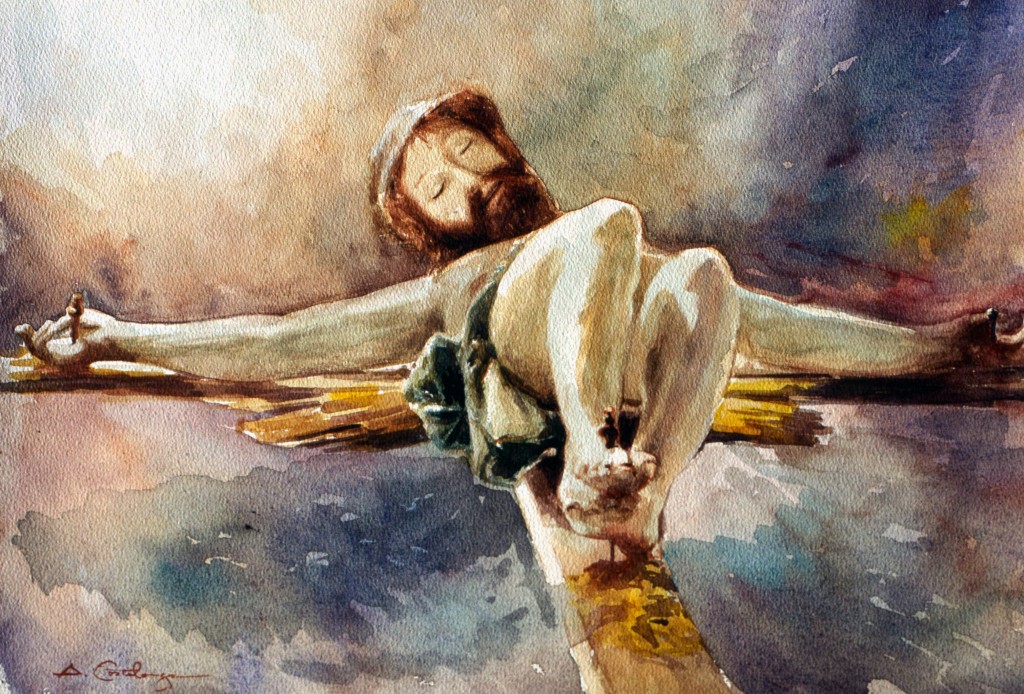Following Christ Crucified

We ran across this inspiring post from Richard Rohr’s Center of Action and Contemplation that expresses the Crucified Christ in a compelling way.
Surrendering his life on the cross out of love for all creation, Jesus somehow places himself (and therefore God) in solidarity with all suffering. Black Catholic theologian M. Shawn Copeland challenges those who would follow Jesus to likewise grieve in solidarity with humanity’s suffering through the centuries:
To know and to follow Christ crucified is to know and love those children, women, and men who are poor, excluded, and despised, made different and unwelcome, lynched and crucified in our world. . . .
If we would follow Christ crucified, we would hear the echoes of ululation and bitter weeping in Gaza and in Rafah, in Baghdad and in Beirut, in Cairo and in Kigali. . . .
If we would follow Christ crucified, we would press to our hearts the tears that flowed from the eyes of Cherokee, Seminole, and Choctaw children and women and men who limped through the cold and hunger from Oklahoma to Arkansas and Alabama and Mississippi. . . .
If we would follow Christ crucified, we would recover the tears that fell on the floors of the camps at Auschwitz, Treblinka, and Sobibór. . . .
If we would follow Christ crucified, we would retrieve the tears that flowed from the eyes of children and women and men who crowded into flimsy boats and old trucks and shipping containers to suffocate and die in front of fences strung across the desert, at abandoned checkpoints on the outer edge of rural towns, and at heavily guarded borders near rivers and waterways. . . .
If we would follow Christ crucified with attention, reverence, and devotion, we would recognize that the tears and blood and moans of the innocent have been absorbed into the air we breathe, have seeped into our streams and . . . oceans, into the earth in which we plant and from which we harvest and eat.
If we follow with attention, reverence, and devotion the moans and tears of the brutalized and burned, raped and mutilated, enslaved and captive across the centuries, we are led to the ground beneath the cross of the crucified Jewish Jesus of Nazareth. . . .
If we, who would be his disciples, recall the night before he died, we are led to a table, from a table to a garden, from a garden to a courtyard, from a courtyard to a hill, from a hill to a grave, from a grave to life. The table holds the self-gift of his very flesh and blood; the garden is watered by his tears and blood; and the cross holds him, even as the One whom he knows and loves lifts him up from the grave to release him into the surprise of hope and life.
Share your comments and prayers
-M. Shawn Copeland, Knowing Christ Crucified: The Witness of African American Religious Experience (Maryknoll, NY: Orbis Books, 2018), 133, 134–135, 137.

